#Karen Balkin
Explore tagged Tumblr posts
Text










The Children's Hour (1961) William Wyler
July 2nd 2024
#the children's hour#1961#william wyler#audrey hepburn#shirley maclaine#james garner#miriam hopkins#fay bainter#karen balkin#veronica cartwright#the loudest whisper#infamous!#the infamous
18 notes
·
View notes
Text
Audrey Hepburn Summer!
Tonight’s watch: The Children’s Hour (1961) (Photos and trivia from IMDB)
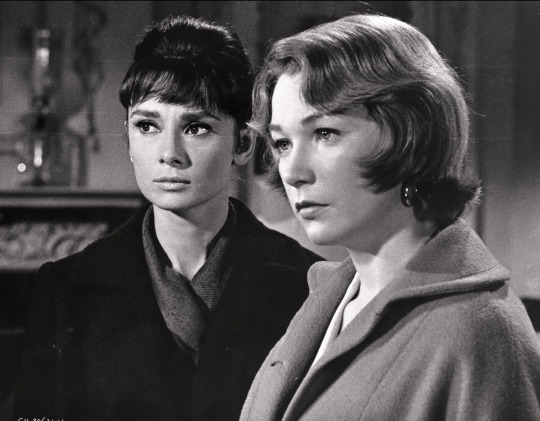
This film adaptation of Lillian Hellman's play was an intense watch, as you see the way a lie from a vindictive, cruel child destroys the life of two people (more if you include all of the supporting characters). The tragedy is how much the accusation of being lesbian hits home for one of the women. While I knew that it would end tragically (the trailer sort of gives it away), I was still devastated.
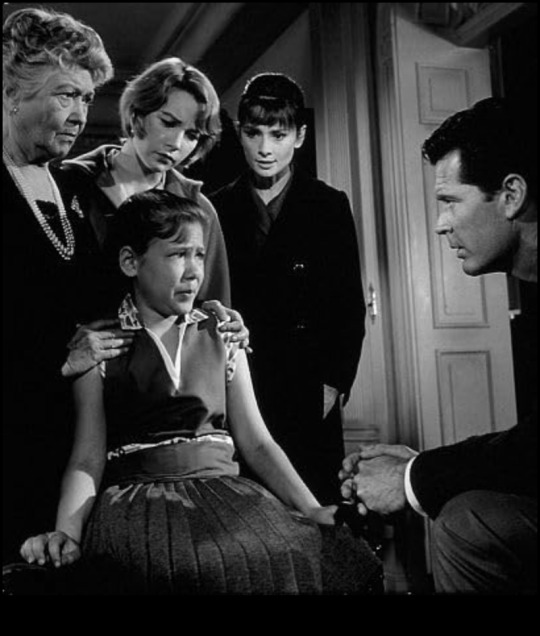
The acting is incredible - everyone knocks it out of the park. Even the children: Karen Balkin was terrifying as Mary, the child who perfected the art of bullying and terrorizing other girls before turning to target her teachers.
On set, the children enjoyed hanging around Shirley MacLaine, thinking her “cool” and “generous”, according to Veronica Cartwright, who played Rosalie. Cartwright won the role after keeping calm during the audition when director William Wyler fired a gun. (She remembers thinking how it wasn’t a wartime film.)

While talking about this film for the documentary, The Celluloid Closet (1995), MacLaine said, “none of us were really aware. We might have been forerunners, but we weren't really, because we didn't do the picture right. We were in the mindset of not understanding what we were basically doing. These days, there would be a tremendous outcry, as well there should be. Why would Martha break down and say, 'Oh my god, what's wrong with me, I'm so polluted, I've ruined you.' She would fight! She would fight for her budding preference. And when you look at it, to have Martha play that scene - and no one questioned it - what that meant, or what the alternatives could have been underneath the dialog, it's mind boggling. The profundity of this subject was not in the lexicon of our rehearsal period. Audrey and I never talked about this. Isn't that amazing. Truly amazing."
At least this movie was able to keep the lesbian plot; the last film adaptation of this play, retitled These Three (1936), changed the lie to be about a heterosexual love affair. Even so, Wyler had to cut scenes that hinted more strongly at a character’s sexuality to get the movie past the censors.
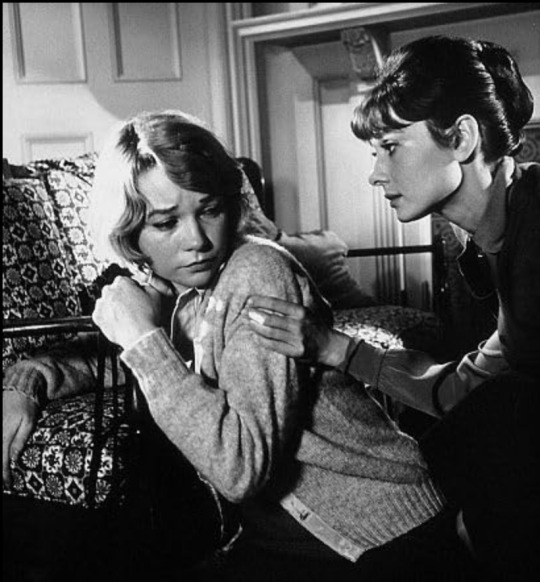
I was able to get a DVD of this movie from the library, but you can also find it on Pluto TV, Roku, Tubi, and Amazon.
#audrey hepburn summer#audrey hepburn#shirley maclaine#james garner#karen balkin#veronica cartwright#lillian hellman#william wyler#the children's hour#the children's hour (1961)
15 notes
·
View notes
Text

1 note
·
View note
Text
Vijftig jaar geleden: première van "The children's hour"
Op 19 december 1961 ging “The children’s hour” van William Wyler in première. De film werd uitgebracht als The Loudest Whisper in het Verenigd Koninkrijk. Continue reading Untitled
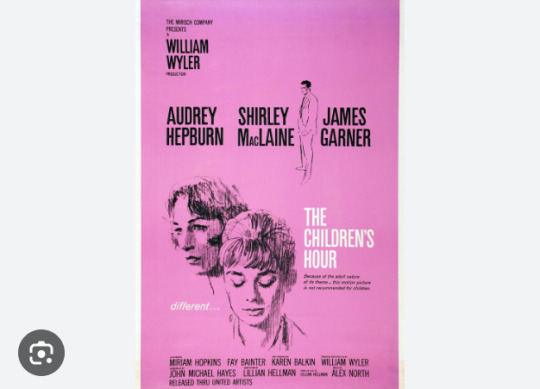
View On WordPress
#Audrey Hepburn#dashiell hammett#Fay Bainter#Fred Zinneman#James Garner#Jane Fonda#Joe McCarthy#Karen Balkin#Lilian Hellman#Merle Oberon#Miriam Hopkins#Myrna Loy#Shirley MacLaine#Vanessa Redgrave#William Powell#William Wyler
1 note
·
View note
Text
precisely precisely. I would respectfully go as far as to say that rooney was in carol because of the children's hour.
speculating on some craggy theories in re the rooney mara/audrey hepburn precipitation (my own metaphore). It feels almost like a kind of taboo, but the pipeline does exist for people who were aware of Audrey but weren't particularly drawn to her and then saw and loved Carol and slowly began to coagulate Rooney and Audrey and love Audrey and Audrey's films because alot of the things that people find attractive about them are comparable. I honestly don't believe Carol would have had half the magical too-good-to-be-trueness about it had rooney not looked so very much like audrey, and had she not played into the demure, doe-eyed personality of Therese to suit that likeness. Especially given the perameters of the era and Hayne's directorial style. It gives the film this larger than life quality because the impossibility of Audrey (1.) being alive and in her early 20s again and more importantly (2.) having relations with another woman, especially cate blanchette, morphs into this total fantasy when you watch Rooney nod to this projection of Audrey in her performance. Of course, of course, the film is good for a myriad of higher ranking items in the list of reasons why it was so successful. But I feel the Audrey tie in has a lot more carriage than people are giving it credit for.
I think Rooney as a performer in general has a lot more depth and capacity for detail than Audrey. She gave therese as a role much more subtlety and nuance and I feel that that too adds to the fantasy. The fantasy that maybe if Audrey was asked to play therese she would put the same amount of realism into the character that Rooney does.
still workshopping the affect of the children's hour on the Idea/persona/legacy of Audrey Hepbrn because there's absolutely something to a preexisting conception of audrey having relations with another woman...Carol(film) being almost an half accidental fruition of that conception. couldn't say what the casting was like but putting someone who looks like audrey in a 1950s period piece next to a performer like cate blanchette who might as well be a 1950s hollywood star based purely on acclaim and period beauty standards canNOT be an accident.
#remake seems so impossible now that carol has happened like it would be too giving-people-what-they-want to be true#besides the fact that for most people they don't know it's what they want#but i'd honestly say that haynes would be one of the only hands i might trust to direct it and maintain the respect and dedication to Wyler#he could do what he will to the original play in all honesty i don't care for it#but wyler. literally his best movie#one of the best movies of the 60s#karen balkin as either aunt lilly or mrs tilford as an ode to miriam hopkins as aunt lilly..#if she can even act still#like veronica cartwright is the safer answer because she can act but it wouldn't quite connect the circle i think..maybe her as aunt lilly#and karen balkin as mrs tilford since its an easier part#anyways i have to stop fantasizing
12 notes
·
View notes
Photo



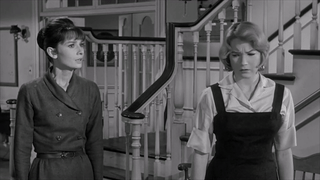
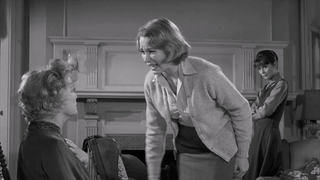

The Children’s Hour: at a private school for girls, one bad apple starts rumors that the two owners, Karen & Martha, are more than just friends! Their student body dwindles & they confront the slanderer with a lawsuit, but Martha begins to doubt if her own feelings for Karen have been platonic.
#scenes#1960s#lgbt#the children's hour#ladies#audrey hepburn#shirley maclaine#karen balkin#squad#fay bainter#james garner
56 notes
·
View notes
Text

Audrey Hepburn and Karen Balkin in The Children's Hour (1961)
#audrey hepburn#karen balkin#the children's hour#1961#1960s#movies#old movies#vintage#classic#fashion#style#old hollywood glamour#old hollywood#photography
22 notes
·
View notes
Photo

- We can't go on like this. Everything I say is made to mean something else. - I guess every word has a new meaning. Child, love, friend, woman. There aren't many safe words anymore. Even 'marriage' doesn't have the same meaning anymore. - It does to me, and it should to you, if... - If what?
The Children's Hour, William Wyler (1961)
#William Wyler#John Michael Hayes#Audrey Hepburn#Shirley MacLaine#James Garner#Miriam Hopkins#Fay Bainter#Karen Balkin#Veronica Cartwright#Mimi Gibson#Franz Planer#Alex North#Robert Swink#1961
28 notes
·
View notes
Text
The Children’s Hour (William Wyler, 1961)
Cast: Audrey Hepburn, Shirley MacLaine, James Garner, Miriam Hopkins, Fay Bainter, Karen Balkin, Veronica Cartwright, Mimi Gibson, Debbie Moldow, Diane Mountford, William Mims, Sally Brophy, Hope Summers. Screenplay: John Michael Hayes, Lillian Hellman, based on a play by Hellman. Cinematography: Franz Planer. Art direction: Fernando Carrere. Film editing: Robert Swink. Music: Alex North.






We don’t love each other. We’ve been close to each other, of course. I’ve loved you like a friend, the way thousands of women feel about other women. You were a dear friend who was loved, that’s all. Certainly there can be nothing wrong with that. It’s perfectly natural that I should be fond of you. Why, we’ve known each other since we were seventeen and I always thought– THE CHILDREN'S HOUR 1961 — dir. William Wyler
1K notes
·
View notes
Photo
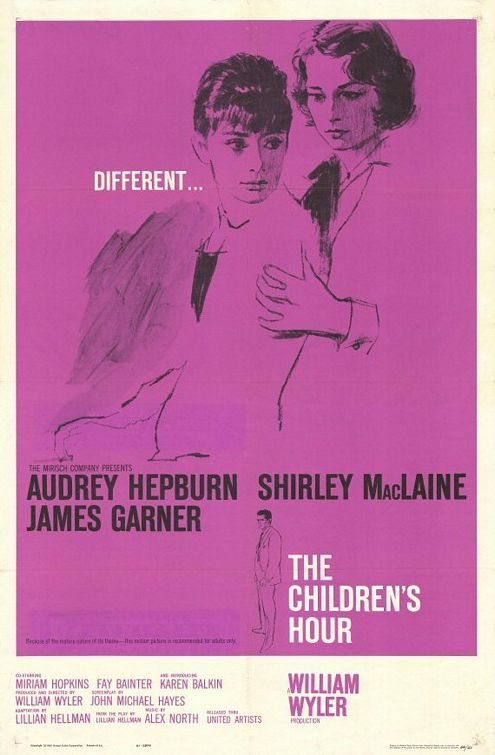
#The Children's Hour#William Wyler#Audrey Hepburn#Shirley MacLaine#James Garner#Miriam Hopkins#Fay Bainter#Karen Balkin#Veronica Cartwright
27 notes
·
View notes
Photo
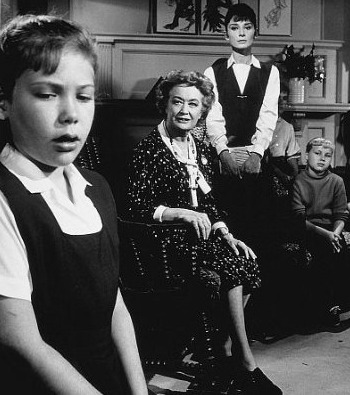
Karen Balkin-Miriam Hopkins-Audrey Hepburn “La calumnia” (The children´s hour) 1961, de William Wyler.
8 notes
·
View notes
Photo

Shirley MacLaine, Audrey Hepburn, and Karen Balkin in The Children’s Hour (1961)
#Shirley MacLaine#Audrey Hepburn#Karen Balkin#The Children's Hour#vintage#old hollywood#ladybegoodscan
18 notes
·
View notes
Photo
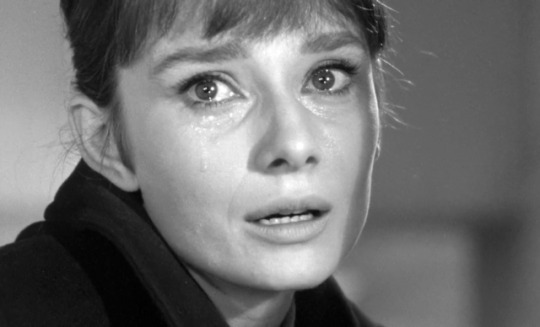
La Rumeur / Un médecin quitte le logement de sa fiancée enseignante en faisant tourner deux fois sa voiture autour d’une jardinière.
#cinéma#la rumeur#the children's hour#William Wyler#audrey hepburn#Shirley MacLaine#James Garner#Miriam Hopkins#Fay Bainter#Karen Balkin#Veronica Cartwright#1961#Franz F. Planer
2 notes
·
View notes
Photo
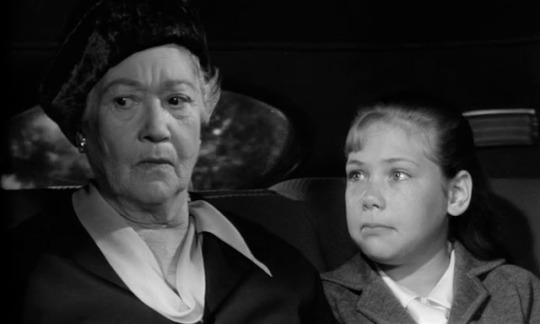
Fay Bainter and Karen Balkin in The Children’s Hour (1961)
Direction: William Wyler
Costumes: Dorothy Jeakins
1 note
·
View note
Note
Putting this one on the baggage carousel for when you feel like airing out the old inbox. Consider, if you will, an Old Hollywood cast list for Pale Fire. Submitted for your approval, my contemporary cast list:
Jared Harris - John Shade
Alfred Molina - Charles Kinbote (but only because PSH is unavailable)
Isabella Rossellini - Sybil Shade
Anaïs Reboux - Hazel Shade
Directed by Yorgos Lanthimos or Catherine Breillat (but only because Krzysztof Kieślowski is unavailable)



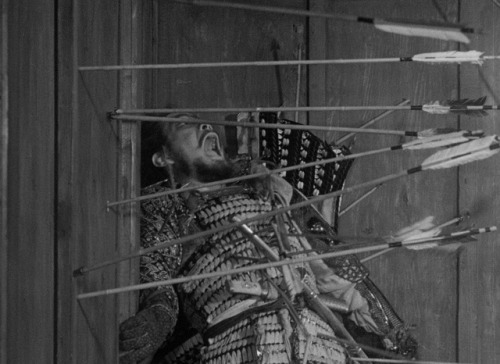

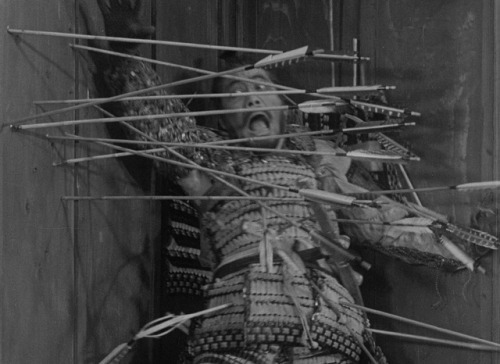
but now that we’ve got that out of the way.
pale fire is something i’m admittedly not an expert on. it took me forever to read and i am still kinda parsing through what the fuck i read, and that was months ago. but! submitted for YOUR approval, old hollywood pale fire.
Trevor Howard - John Shade

Claude Rains - Charles Kinbote
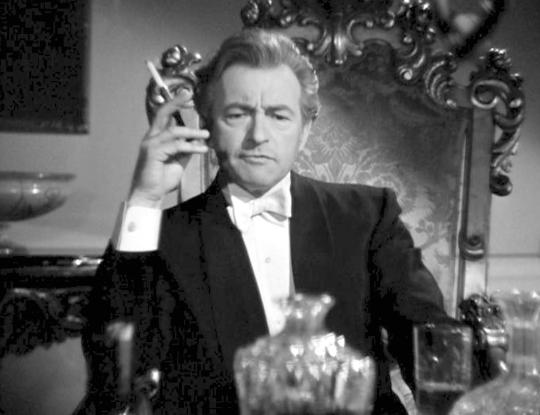
(I am almost mad that he died soon after PF was published because I think he would be brilliant? Like, he could 100% pull Kinbote off.)
Ingrid Bergman - Sybil Shade (i cheated here, but when you’re right you’re right)
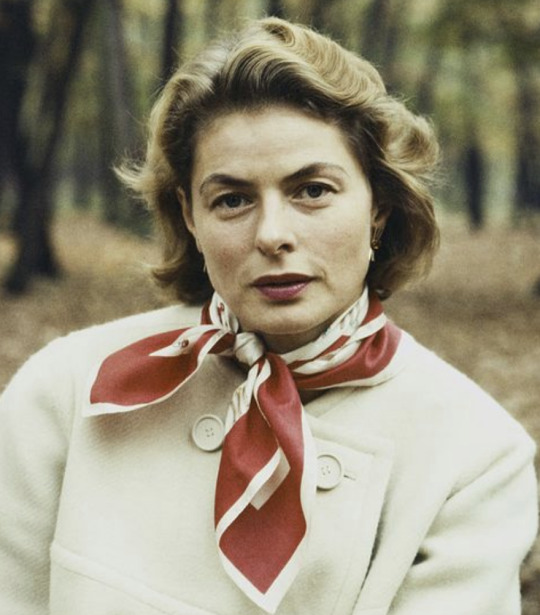
Karen Balkin - Hazel Shade (but like, when she’s age appropriate)

directed by Frank Borzage or Fritz Lang
#sorry i read jared harris as john shade and i immediately passed out#asks#i hope this is good. i spent a good chunk of today noodling on this.
18 notes
·
View notes
Text
you guys are gonna kill me for this but if i were to rank performances i would say fay bainter, shirley, karen balkin, miriam hopkins, bathrobe chord, girl who played rosalie/audrey/james garner (three way tie), judge in the courtroom scene, man falling asleep during the piano recital, head doctor at joe's hospital, silver candlestick
1 note
·
View note